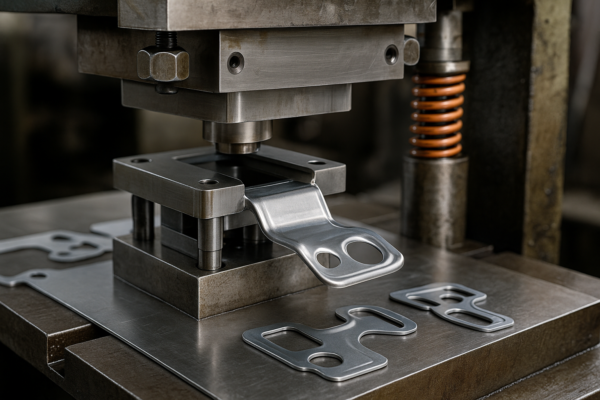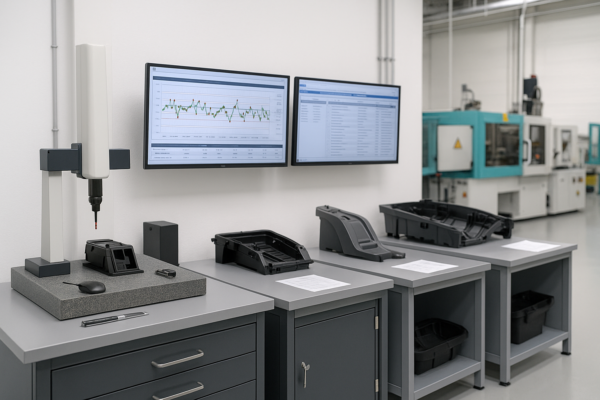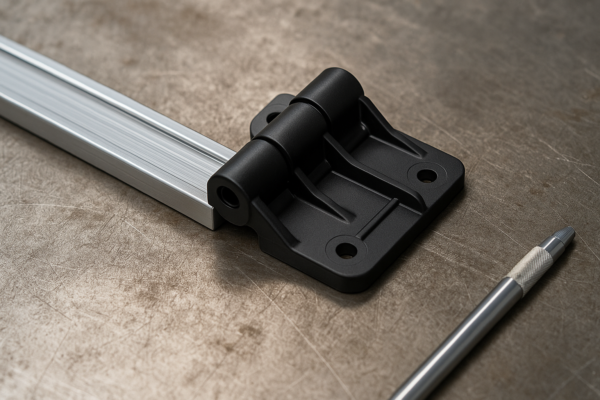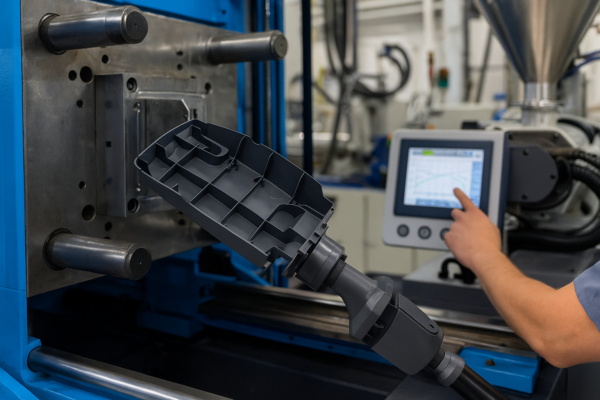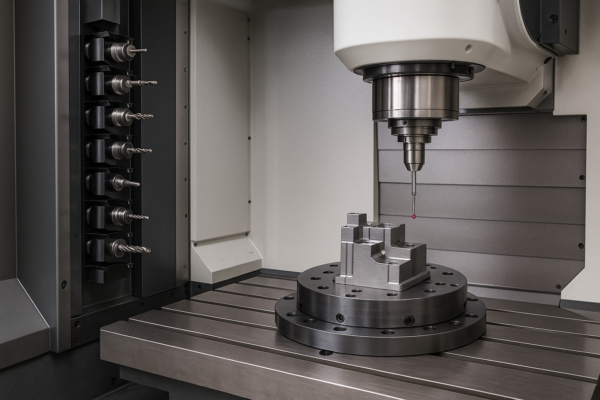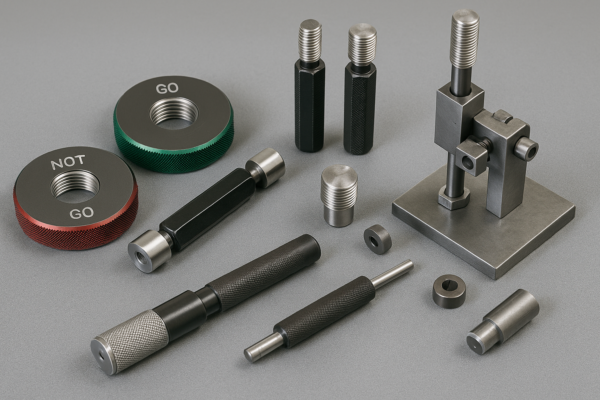How rare is a block of raw iron?
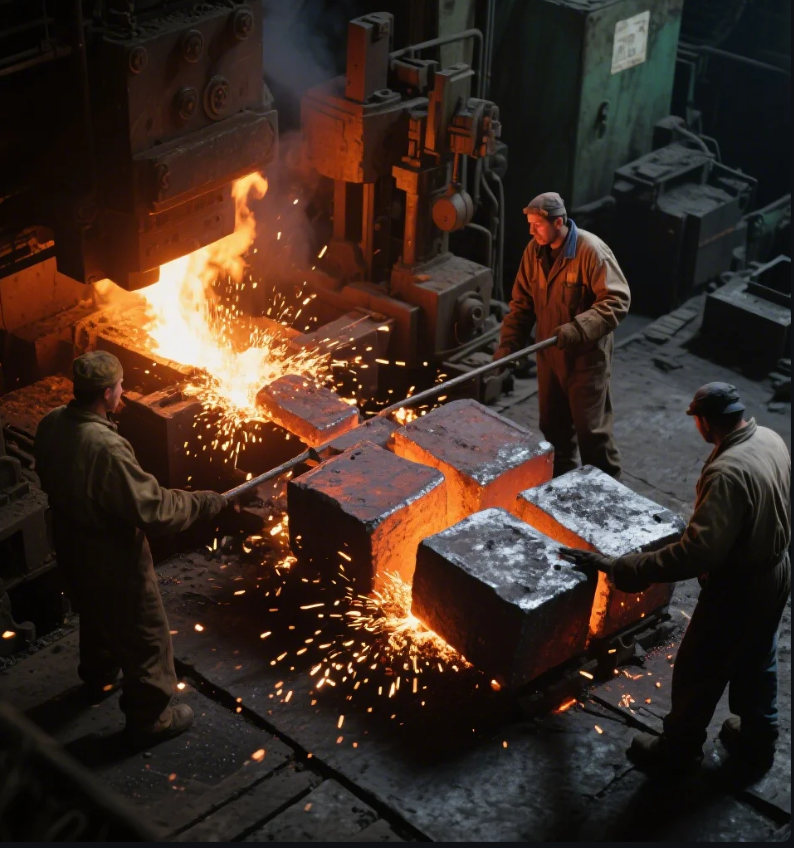
Raw iron, one of the most essential materials in industrial and construction sectors, is commonly used in various manufacturing processes. But how rare is a block of raw iron? While iron itself is abundant on Earth, its availability in raw, unprocessed form—especially in the form of a "block"—depends on various factors.
Snippet paragraph: Raw iron is not rare, but its availability in the form of a block can depend on the specific process used to extract and refine it.
Let’s explore the factors that affect the rarity of raw iron, how common it is, and its worth in today’s market.
How common is raw iron?
Raw iron is relatively abundant, as it is one of the most widely available metals on Earth. It is primarily obtained from iron ore, which is found in large quantities around the world. However, the process of turning iron ore into usable raw iron involves several steps.
Snippet paragraph: Raw iron is common, but it requires a refining process to become usable metal, which affects its immediate availability.
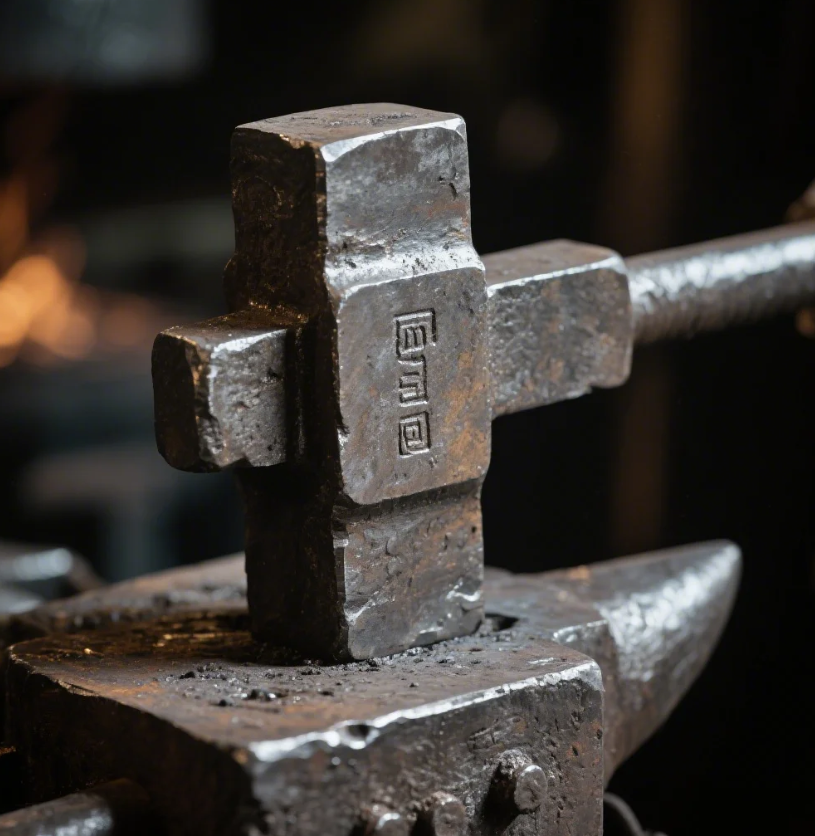
Iron Ore Mining and Availability:
- Iron Ore: Iron is extracted from iron ore, which comes in several types, with the most common being hematite and magnetite. These ores are abundant in many parts of the world, including Australia, Brazil, China, and Russia.
- Refining Process: The ore is processed through smelting in a blast furnace to separate iron from impurities, producing raw iron, typically in the form of pig iron, which can then be further refined.
Key Iron Producing Countries:
| Country | Iron Ore Reserves | Iron Ore Production | Notes |
|---|---|---|---|
| Australia | 20% | 37% | Leading iron ore producer worldwide |
| Brazil | 19% | 18% | Major exporter of iron ore |
| China | 8% | 11% | Significant iron ore reserves |
| Russia | 6% | 5% | Strong iron ore production |
Given the global abundance of iron ore, raw iron is not considered rare, but the process to convert iron ore into usable iron metal takes time and energy.
How much iron is in a block?
The amount of iron in a "block" depends on how the term is used. In industrial terms, raw iron is usually refined and processed into specific shapes or forms, such as ingots or billets, rather than "blocks" in the traditional sense.
Snippet paragraph: The amount of iron in a block depends on its size, but raw iron is typically processed into ingots or billets for industrial use.
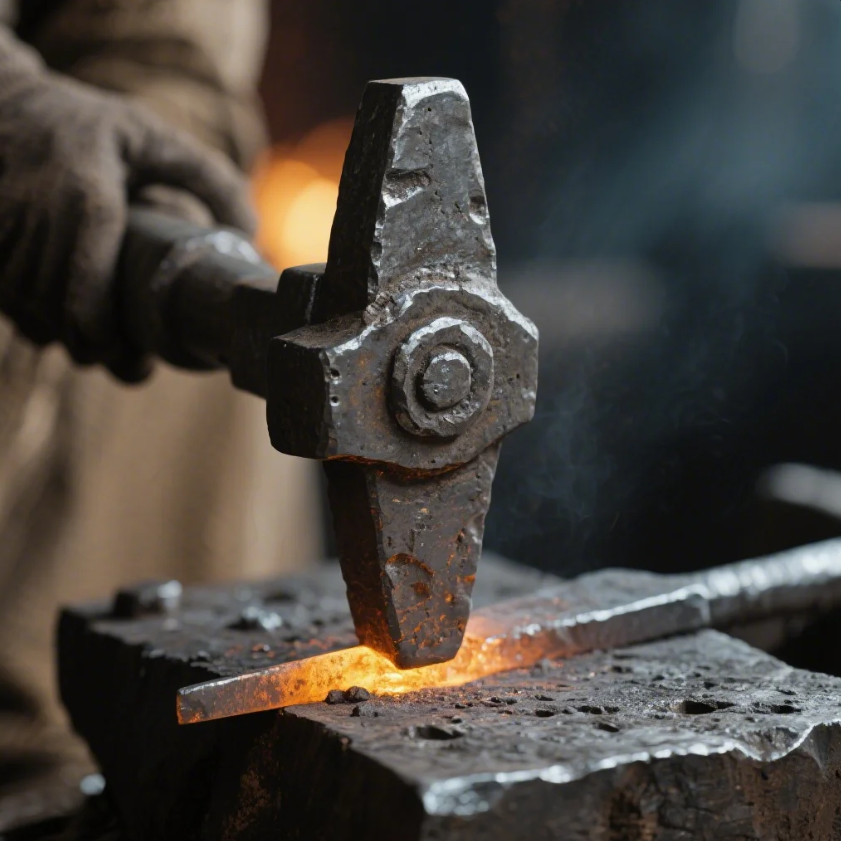
Iron Content in Blocks:
- Pig Iron: A block of pig iron, the initial product of the iron smelting process, contains around 92-94% iron, with the rest being carbon and impurities like sulfur and silicon.
- Refined Iron: Further refining through processes like the Bessemer or open-hearth method removes most of the carbon and impurities, leaving nearly pure iron, usually around 99.5% iron.
Size and Shape of Iron Blocks:
- Block Size: A "block" in industrial terms could vary from small ingots (a few pounds) to large blocks or billets (hundreds of pounds). The size of the block directly impacts how much iron it contains, but generally, iron blocks are not sold in solid "block" form; they are usually converted into ingots or sheets.
Production of Raw Iron Blocks:
In smelting operations, raw iron is poured into molds to create large ingots or billets. These blocks are then transported for further refining or shaping into products.
Can you make a block of raw iron?
Yes, it is possible to create a block of raw iron, but the term "raw iron" generally refers to iron in its pig iron form. A block of raw iron would be created by casting molten iron into molds, where it solidifies into a "block" form.
Snippet paragraph: You can make a block of raw iron by casting molten iron into molds, but it’s more commonly processed into other forms.
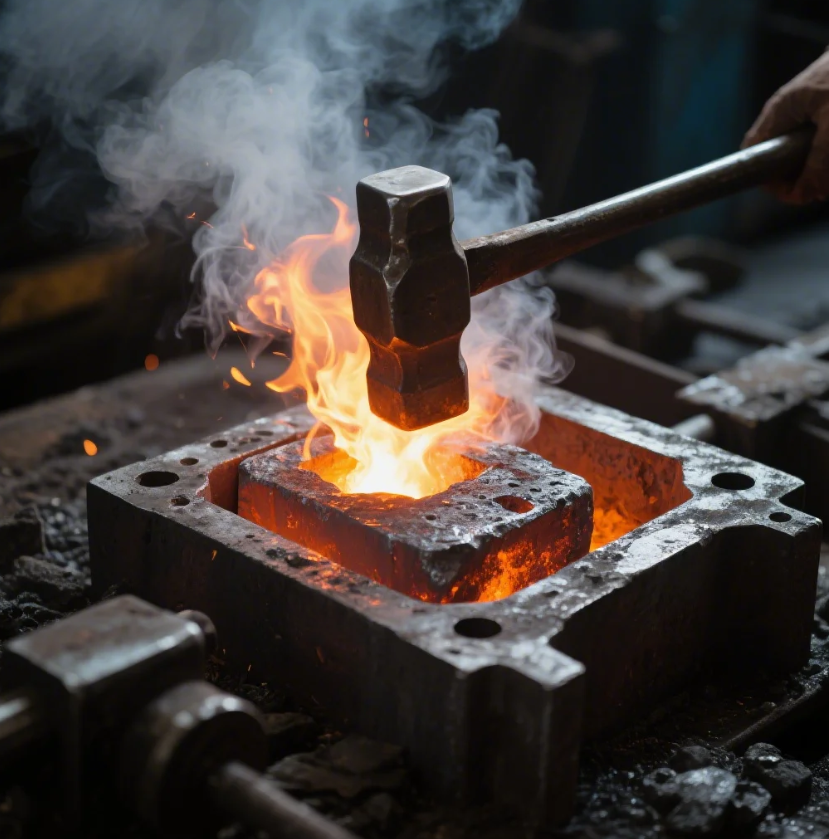
How to Make Raw Iron Blocks:
- Smelting: Raw iron begins as iron ore, which is smelted in a furnace to create molten iron (pig iron).
- Casting: The molten iron is poured into molds to solidify into ingots, blocks, or billets.
- Cooling: The iron cools and hardens into a solid form, becoming a block that can be further refined or used in construction, tools, or manufacturing.
Raw Iron Blocks in Industry:
- Pig Iron Blocks: These are often used as an intermediate step in steelmaking. While the term "block" may be used in various industries, the raw iron is usually refined further before use.
- Not Typically Used as Blocks: While iron can be cast into block form, it’s more commonly shaped into ingots or billets for transport and further processing.
How much is raw iron worth?
The value of raw iron varies depending on factors such as purity, market demand, and current commodity prices. Iron is generally affordable, especially when compared to precious metals like gold or platinum. However, raw iron’s price can fluctuate with global market conditions.
Snippet paragraph: The price of raw iron fluctuates based on demand and production costs but remains relatively affordable compared to other metals.
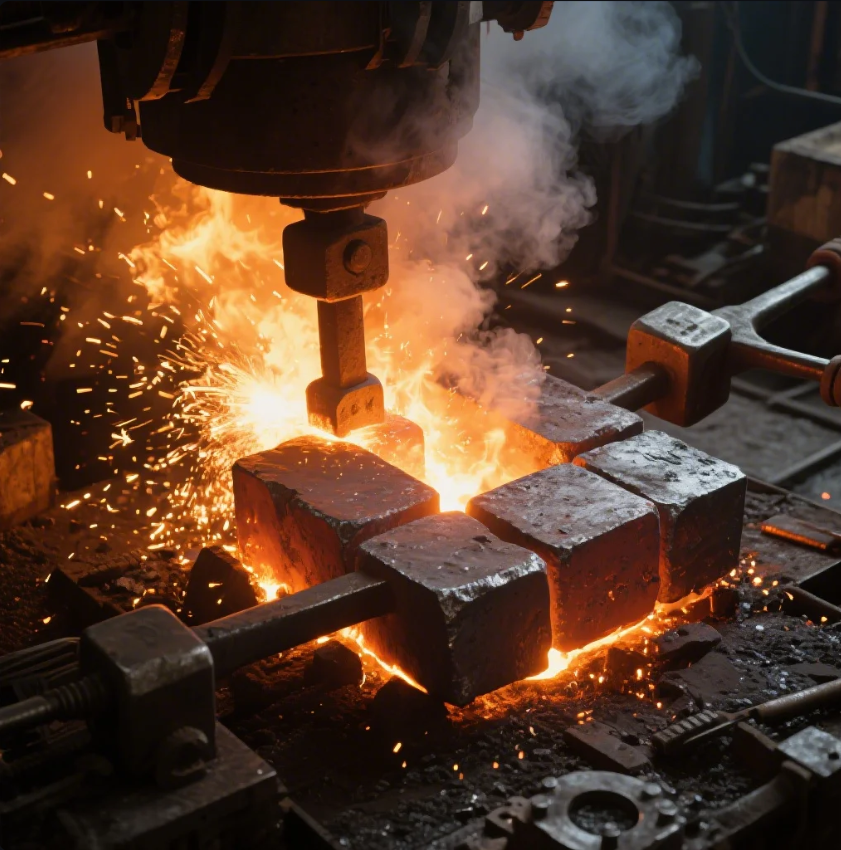
Market Prices of Raw Iron:
- Pig Iron: The price of pig iron, as of 2023, typically ranges from $300 to $600 per ton, though it can be higher depending on factors such as global demand and supply chain constraints.
- Steel Prices: Since raw iron is primarily used to make steel, the price of steel also affects the price of iron. The cost of producing steel can significantly impact the price of iron in the market.
Key Influencers of Raw Iron Prices:
- Global Supply and Demand: Countries like China and India are major consumers of iron, which affects pricing.
- Market Trends: Economic conditions, especially in the construction and automotive sectors, directly impact iron prices.
- Production Costs: The cost of mining, refining, and transporting iron can also affect its market price.
Future Price Trends:
The price of raw iron has been relatively stable but can be affected by:
- Infrastructure Projects: Large infrastructure projects worldwide can increase demand for raw iron.
- Recycling Rates: Increased iron recycling could decrease the demand for raw iron from ore.
| Year | Price per Ton (approx.) |
|---|---|
| 2020 | $400 |
| 2021 | $500 |
| 2022 | $600 |
| 2023 | $550 |
Conclusion:
The availability of raw iron is abundant, but its specific form—such as in large blocks—depends on the manufacturing process. While true “raw iron” is commonly processed into ingots or billets, it’s relatively common and not considered rare. The price of iron varies depending on market conditions but remains affordable compared to other metals.
If you are looking for raw iron for industrial use, reaching out to suppliers can help you understand the current market price and availability based on your specific needs. Iron remains a cornerstone material for manufacturing and construction globally, and it’s crucial to understand its production and pricing trends.

